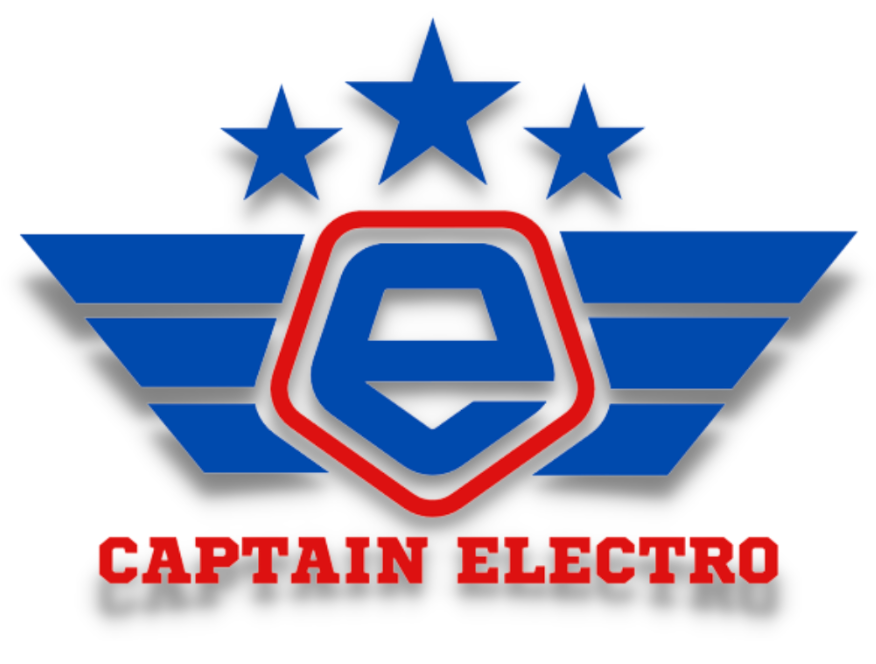Pipistrel Velis Electro: When Electric Cars Take Flight... Literally
Well, I never thought I’d see the day when I could plug a plane into a wall socket. But it appears the future of aviation has been poking around the automotive world, and it’s brought batteries to the party.
Let’s be honest. The motor world has moved on, waving goodbye to petrol and diesel engines and embracing electric like a cat on a hot tin roof. But the aviation world, seemingly stuck in its ways, has been coyly watching from a distance. Until now.
Enter the Pipistrel Velis Electro - aviation's answer to the Tesla revolution. Well, sort of.
Right, let’s get down to brass tacks. When you first lay your eyes on it, you'd be forgiven for thinking it’s just another of its ilk. It looks a lot like its internal combustion engined sibling, the Pipistrel Virus. And then you see it - a charging cable! It's like watching a fish ride a bicycle.
The Pipistrel Velis Electro, an ultralight aircraft (LSA), has some meaty stats for those of you who like numbers. An empty weight of 943 lbs (428 kg), a hearty maximum take-off weight of 1322 lbs (600 kg), a sizzling top speed of 124 mph (200 km/h), and a wingspan of about 433.07 inches (11 meters). If you ever stared at it next to the Pipistrel Virus, you'd probably struggle to tell them apart until you noticed the electric one’s got a three-bladed prop, while the combustion chap has a two-bladed one.
The Velis has a sleeker, more streamlined instrument panel because, of course, no combustion. Plus, it’s traded luggage space for batteries. I mean, who needs clothes when you can have more flying time?
But here’s the kicker. Despite the futuristic power plant, the electric plane actually ends up being cheaper to fly. Hold onto your hats: in Schänis, an hour in the air with the Velis costs around $211 (€194), whereas its combustion sibling sets you back about $286 (€263). That's right. The future is not only green; it's also more economical.
Then, there’s the flight. Starting up the Velis is like... well, it’s like nothing. There's no roaring or rumbling. It’s eerily silent, save for the whisper of the propeller. On takeoff, all you really hear is the gentle caress of the tires against the tarmac. And once you're airborne? Bliss. For an aircraft of its class, the Velis is peppy, allowing for impressive angles of ascent.
When it comes to power usage, the Velis is pretty frugal. During a cruise, the power draw is around 17 kW at 87 mph (140 km/h). That boils down to a consumption of about 12 kWh/100 km (or 62 miles). It’s like an electric car but in the sky. But also - surprisingly - way more efficient than its road-bound counterparts.
Ah, agility. This isn't a lumbering jumbo jet. The Velis can make tight turns with a radius of just under 328 feet (100 meters). It's like the sports car of the skies. And if you're looking for a rollercoaster-like experience, show-off maneuvers will tell you this electric bird's got some tricks up its sleeve.
However, the real question hangs in the balance: What’s the practical use of this electrified bird? Besides joyrides, the Velis finds a home in flight schools. Less noise pollution, no convoluted combustion mechanics to deal with, and economical operation make it a preferred choice for training budding pilots.
Pioneering, that's what this is. While the long-haul flights might still need liquid fuel for the foreseeable future, the dream of domestic electric flights isn't that far off. With advances like CATL’s latest 500 Wh/kg battery, small electric passenger planes are becoming less of a pipe dream and more of a tangible reality.
To sum it all up, the Pipistrel Velis Electro might just be the starting line for an electrified revolution in the skies. And if this is what the future holds, sign me up for the ride.








